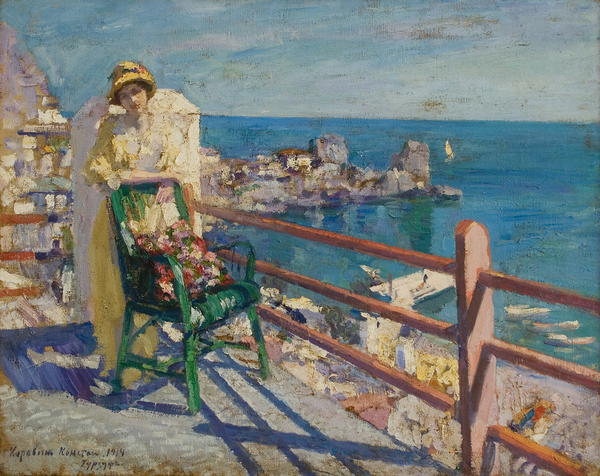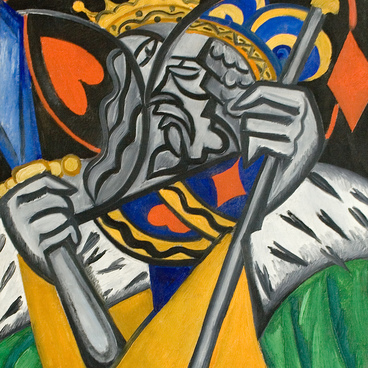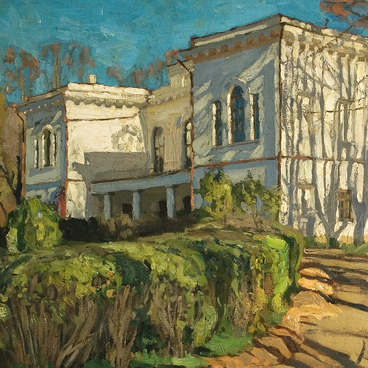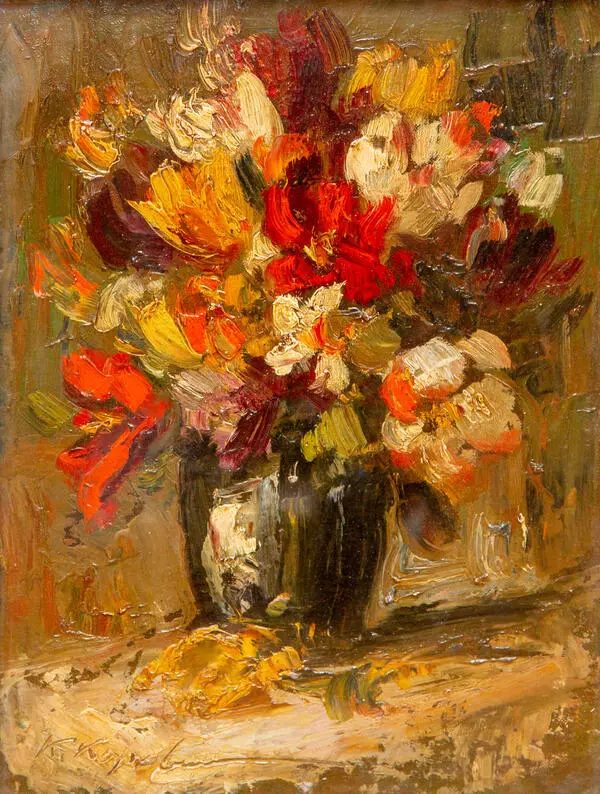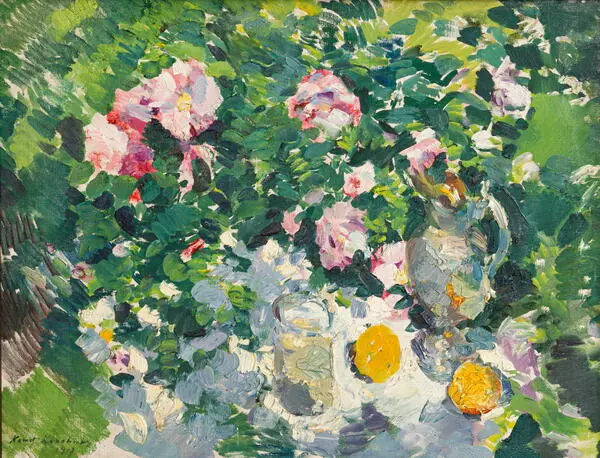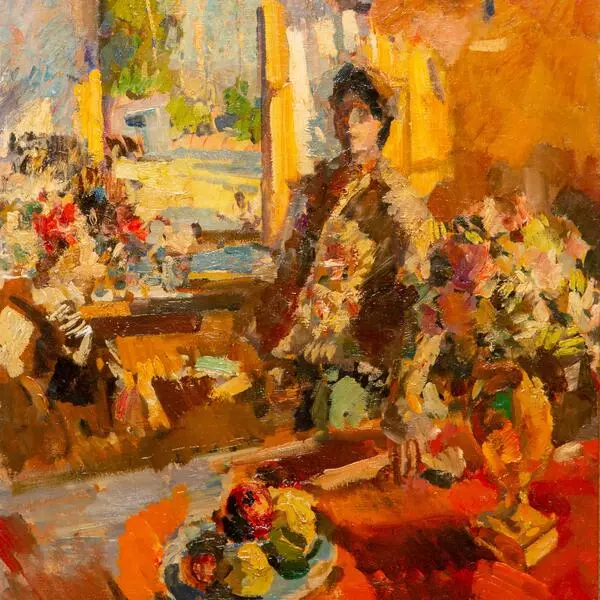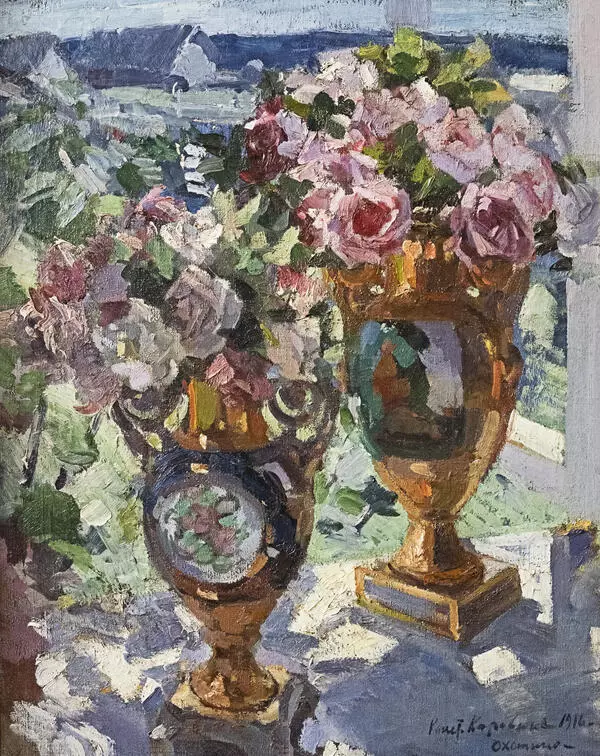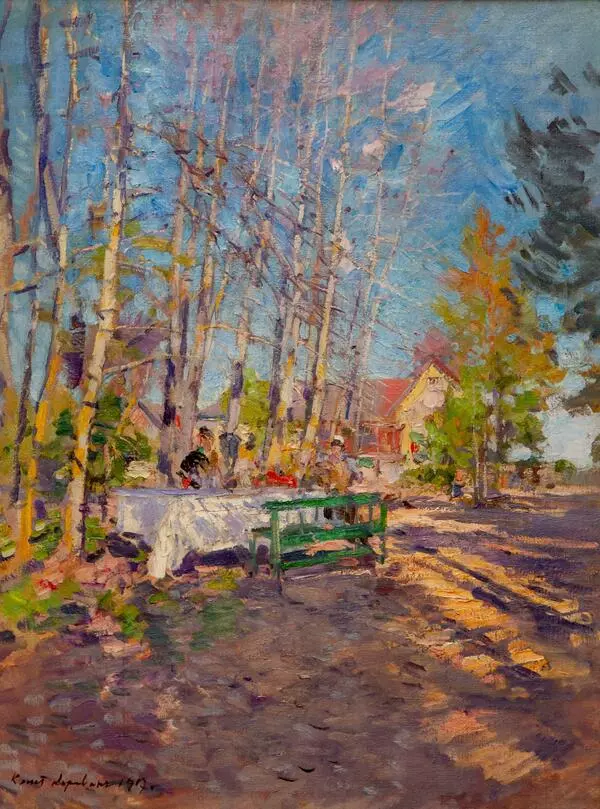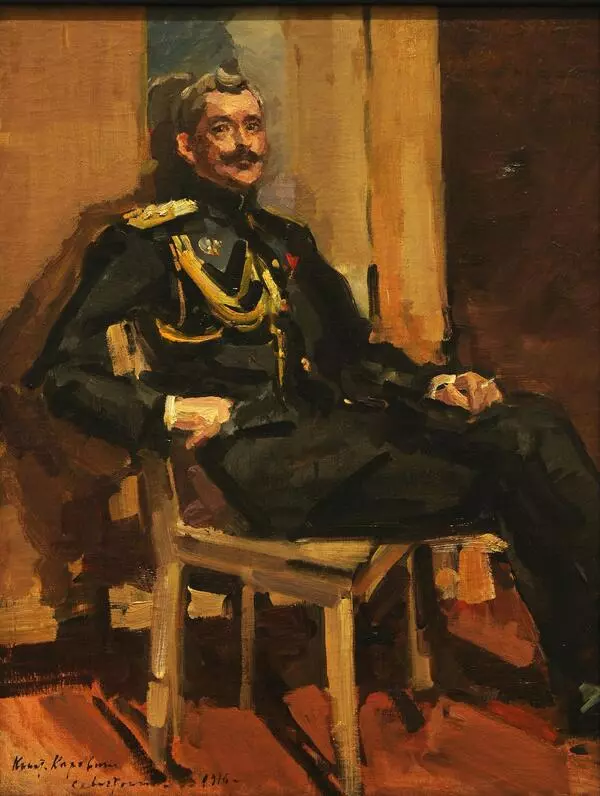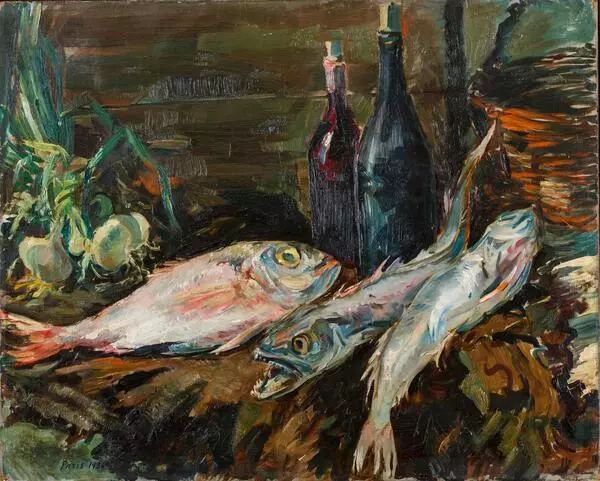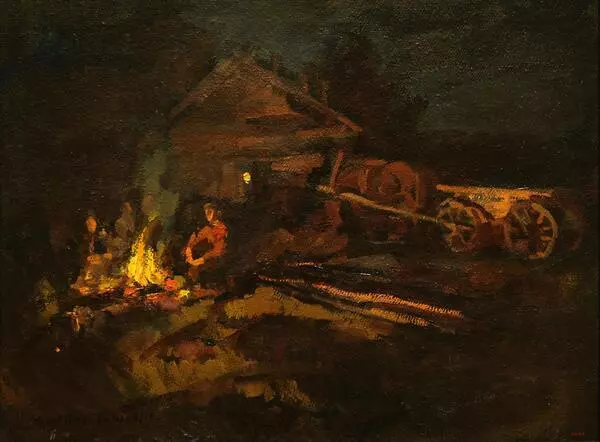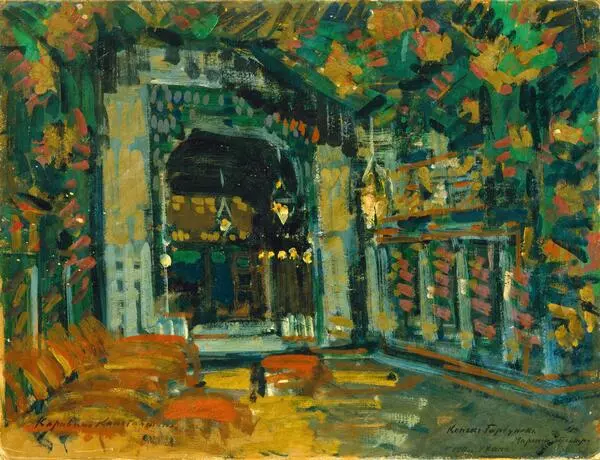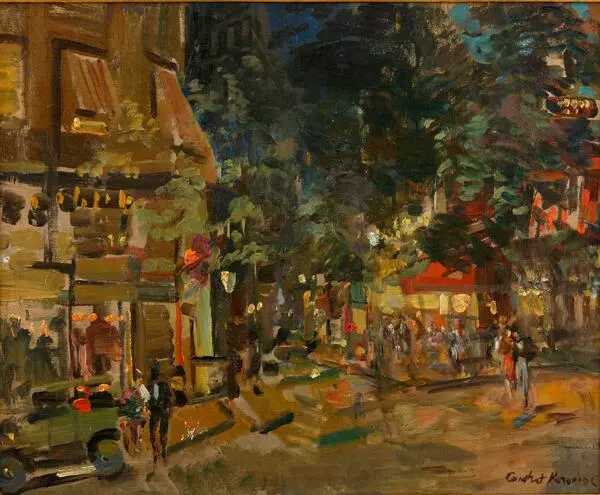Konstantin Korovin was considered one of the most talented and famous Russian artists of the early 20th century. As a painter, he was a member of such Art Associations as World of Art and the Union of Russian Artists. Korovin is deservedly seen by art historians and critics as the first Russian impressionist who began to paint boldly and consistently in this style.
Impressionism in the visual arts emerged and reached its peak in France in the latter half of the 19th century. As a style of art, Impressionism derived its name from French Impression. Instead of painting the scenes from history, bible and mythology characteristic for traditional academic Art, the Impressionists focused on painting everyday reality: meetings at the theater, gatherings at cafes, boat trips, walks in gardens and parks, dancing and dating. Another key motive of Impressionism was beautiful and ever-changing nature.
The Impressionists tried to capture any moment of life and variability of the light-air environment enveloping objects, to convey their own fleeting impressions from what they saw and painted. Contrary to the academic tradition, the Impressionists refused to depict a clear outline of objects, replacing it with small separate and contrasting strokes. Artists began to use the Plein Air painting, and completely abandoned work in the painting workshops.
While still a student at the Moscow School of Painting, Sculpture and Architecture, Konstantin Korovin created works where not the plot but reflection of air and light, the multicolor of the world and momentary impressions were primary. Most of his paintings in different periods of his work are united by images of the bright shining sun and light rays captured on the canvases.
The so-called Gurzuf landscapes by Korovin are also filled with the sunlight. The painter began to create this series of works in 1910 when he purchased some land in Gurzuf, on the shore of the Black Sea and built his own summer house-workshop with fourteen spacious rooms. The name Korovin gave to his summer residence was ‘Salambo’, in memory of Andrey Arends’s ballet to which he created sketches of costumes and scenery.
Gurzuf, a 1914 painting by Korovin from the collection of the Astrakhan Art Gallery is painted in bright, open colors and permeated with light. The dress of the woman leaning on a green armchair with a variegated pillow is shot with gold in the sunny rays. Dancing lilac shadows on the veranda floor, a bright blue sea and a clear blue sky give intensity to the colors. All this makes the artwork particularly decorative.
Korovin painted this bright picture during a complicated period of his life. In 1913 the artist’s son was run over by a tram and lost his ability to walk. The family was taking this tragedy very hard, but Korovin never let its echoes and gloomy motives appear in his works. The artist believed that art should bring only joy and beauty.
Impressionism in the visual arts emerged and reached its peak in France in the latter half of the 19th century. As a style of art, Impressionism derived its name from French Impression. Instead of painting the scenes from history, bible and mythology characteristic for traditional academic Art, the Impressionists focused on painting everyday reality: meetings at the theater, gatherings at cafes, boat trips, walks in gardens and parks, dancing and dating. Another key motive of Impressionism was beautiful and ever-changing nature.
The Impressionists tried to capture any moment of life and variability of the light-air environment enveloping objects, to convey their own fleeting impressions from what they saw and painted. Contrary to the academic tradition, the Impressionists refused to depict a clear outline of objects, replacing it with small separate and contrasting strokes. Artists began to use the Plein Air painting, and completely abandoned work in the painting workshops.
While still a student at the Moscow School of Painting, Sculpture and Architecture, Konstantin Korovin created works where not the plot but reflection of air and light, the multicolor of the world and momentary impressions were primary. Most of his paintings in different periods of his work are united by images of the bright shining sun and light rays captured on the canvases.
The so-called Gurzuf landscapes by Korovin are also filled with the sunlight. The painter began to create this series of works in 1910 when he purchased some land in Gurzuf, on the shore of the Black Sea and built his own summer house-workshop with fourteen spacious rooms. The name Korovin gave to his summer residence was ‘Salambo’, in memory of Andrey Arends’s ballet to which he created sketches of costumes and scenery.
Gurzuf, a 1914 painting by Korovin from the collection of the Astrakhan Art Gallery is painted in bright, open colors and permeated with light. The dress of the woman leaning on a green armchair with a variegated pillow is shot with gold in the sunny rays. Dancing lilac shadows on the veranda floor, a bright blue sea and a clear blue sky give intensity to the colors. All this makes the artwork particularly decorative.
Korovin painted this bright picture during a complicated period of his life. In 1913 the artist’s son was run over by a tram and lost his ability to walk. The family was taking this tragedy very hard, but Korovin never let its echoes and gloomy motives appear in his works. The artist believed that art should bring only joy and beauty.

